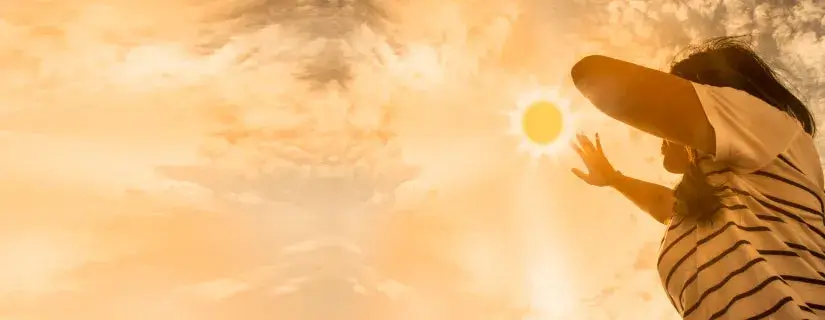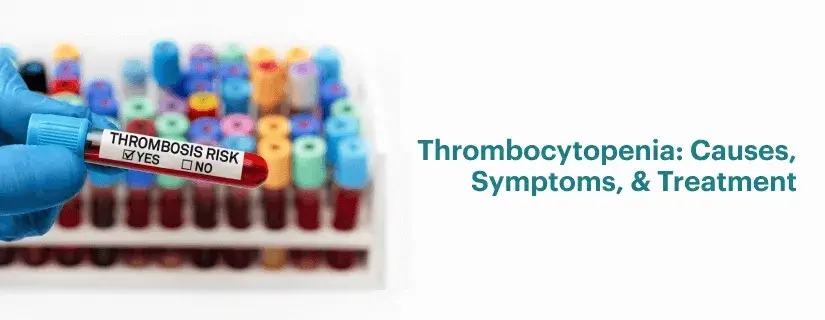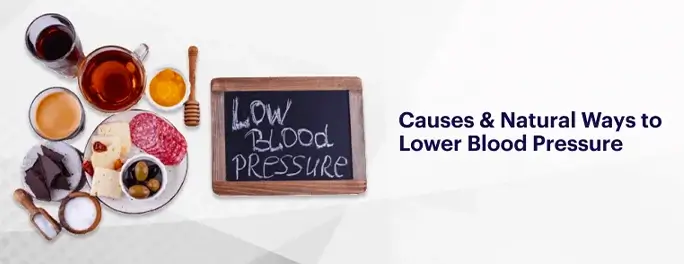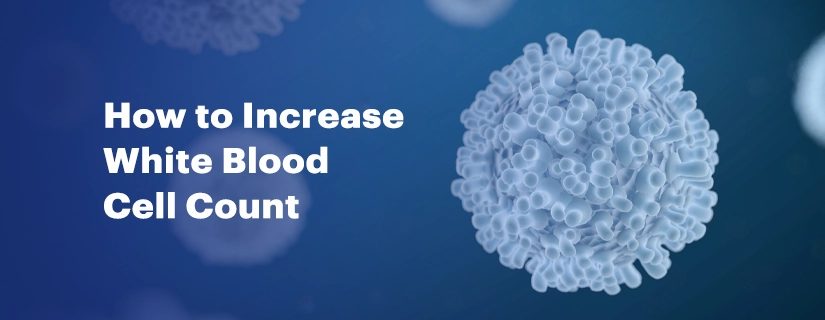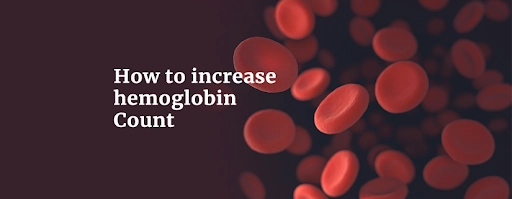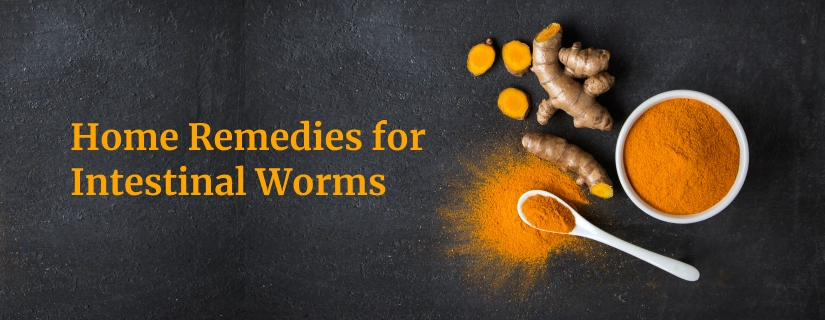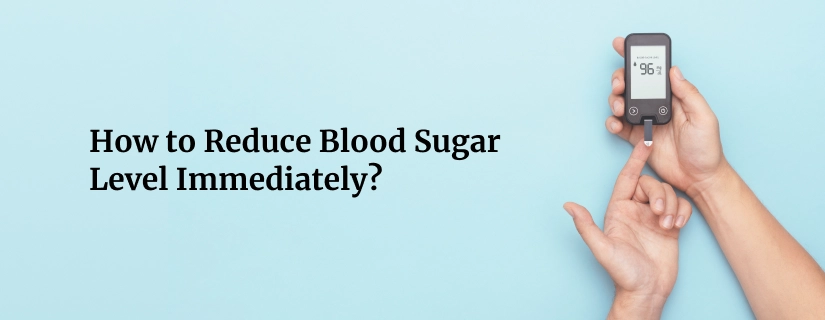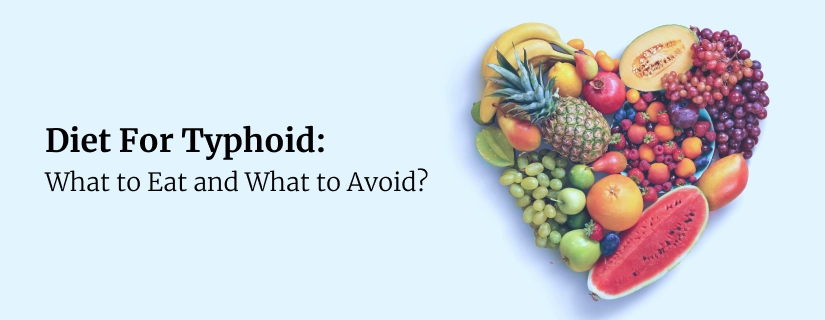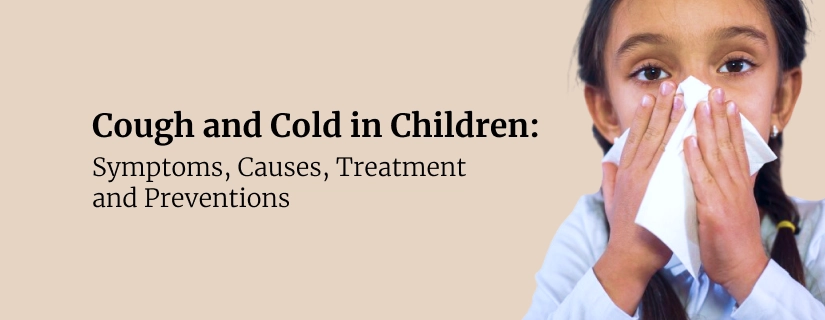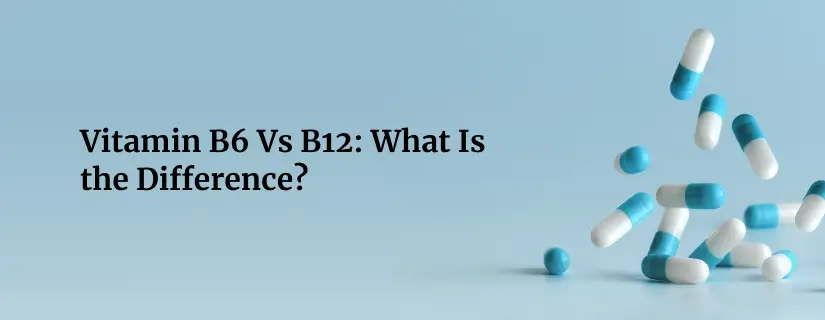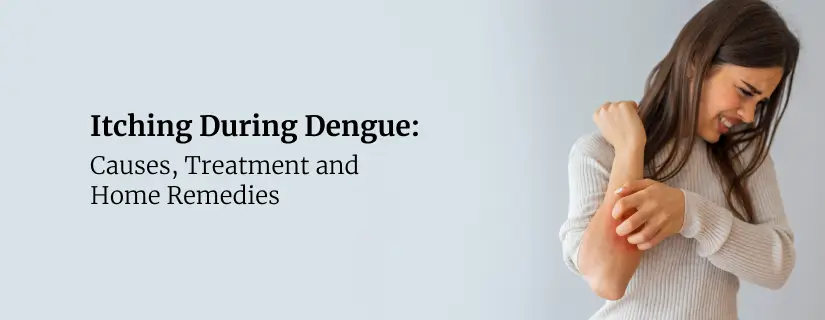-
Doctors
-
Specialities & Treatments
Centre of Excellence
Specialties
Treatments and Procedures
Hospitals & Directions HyderabadCARE Hospitals, Banjara Hills CARE Outpatient Centre, Banjara Hills CARE Hospitals, HITEC City CARE Hospitals, Nampally Gurunanak CARE Hospitals, Musheerabad CARE Hospitals Outpatient Centre, HITEC City CARE Hospitals, Malakpet
HyderabadCARE Hospitals, Banjara Hills CARE Outpatient Centre, Banjara Hills CARE Hospitals, HITEC City CARE Hospitals, Nampally Gurunanak CARE Hospitals, Musheerabad CARE Hospitals Outpatient Centre, HITEC City CARE Hospitals, Malakpet Raipur
Raipur
 Bhubaneswar
Bhubaneswar Visakhapatnam
Visakhapatnam
 Nagpur
Nagpur
 Indore
Indore
 Chh. Sambhajinagar
Chh. SambhajinagarClinics & Medical Centers
Book an AppointmentContact Us
Online Lab Reports
Book an Appointment
Consult Super-Specialist Doctors at CARE Hospitals
How much CRP level is dangerous?
Updated on 13 October 2023

Table of Content
- What is CRP?
- What Causes CRP Levels To Rise?
- How much CRP level is dangerous?
- What is hs-CRP?
- Should I be worried if my CRP Number is abnormal?
- CRP levels and what high levels may indicate
- How CRP is used to diagnose inflammation and infection?
- What do you do if you have a high CRP level?
- Ways to Reduce CRP Levels
- When to see your doctor?
- FAQs
C-reactive protein, or CRP, is a protein produced and released by the liver into the bloodstream in response to inflammation. The CRP test is a nonspecific serological diagnostic test, serving as a marker for inflammation in the body. Read on to learn more about how much C reactive protein is dangerous and when high CRP levels become a concern.
What is CRP?
CRP, or C-reactive protein, is a protein produced by the liver and released in response to inflammation in any part of the body. It functions as a defence mechanism against injuries, infections, and various autoimmune conditions, while also serving as a marker for cardiovascular diseases and cancer. The level of CRP rises rapidly in the bloodstream during inflammatory conditions. Therefore, measuring CRP levels in the blood can help detect inflammation or monitor the progress of an inflammatory condition or its treatment.
What Causes CRP Levels To Rise?
It is normal to have low CRP levels in the blood at all times. Moderate to high CRP levels can indicate infection or other inflammatory conditions. However, significantly elevated CRP levels can be a cause for concern. There can be various reasons to understand how much hs CRP level is dangerous.
How much CRP level is dangerous?
The level of CRP in the blood may vary depending on the underlying cause of inflammation. Moderate to severe elevations in CRP levels may indicate inflammation. To determine how high a CRP level is and whether it signifies an infection or poses a danger, one can compare the obtained CRP level to the provided reference ranges.
Normal CRP Level: Typically, a CRP level of less than 10 mg/L in the blood is considered safe.
Moderate Elevation: CRP level elevation may be considered moderate if it is between 1-10 mg/dL. Such elevation may be due to:
- Autoimmune conditions
- Heart attack
- Pancreatitis
Marked Elevation: Having more than 10 mg/dL level of CRP in the blood may be considered as marked elevation which may be caused by:
- Major injury
- Acute bacterial or viral infections
- Systemic vasculitis
High Elevation: Higher than 50 mg/dL of CRP may be considered as high or severe elevation. Usually, such high levels of CRP in the blood has been associated with acute bacterial infection.
What is hs-CRP?
High-sensitivity C-reactive protein or hs-CRP is a diagnostic test which is more sensitive than a standard CRP test. The hs-CRP test can detect smaller increases in CRP levels better than a standard CRP test. The hs-CRP test helps to determine the risk of coronary artery diseases. A high level of hs-CRP has been linked to an increased risk of heart attack.
While the hs-CRP test is helpful for people who have a 10% to 20% chance of heart attack, this test is not for everyone. This test does not explain the cause of inflammation, therefore, it is possible to have a high hs-CRP level without having any risk of heart attacks.
Reference ranges for the hs-CRP test are usually given as follows:
- Less than 2.0 mg/L: low chance of heart diseases
- Equal to or greater than 2.0 mg/L: higher risk of heart diseases
A hs-CRP test is not the only standard test for determining the chance of heart disease. If the level of hs-CRP is high, other test results have to be considered for evaluate the risk of heart diseases
Should I be worried if my CRP Number is abnormal?
Having a slightly higher-than-normal CRP level is not always a bad sign. In certain conditions, it is normal to have higher than standard level of CRP such as:
- Common cold
- Cigarette smoking
- Obesity
- Diabetes
- Pregnancy
- Recent minor injury
- Insomnia
- Periodontitis
- Depression
Oftentimes, a CRP blood test is considered an indicator of inflammation. If CRP levels are high, other relevant tests may be recommended to be performed to diagnose any suspected condition or understand why the CRP levels are high.
CRP levels and what high levels may indicate
|
CRP Level (mg/L) |
Interpretation |
|
Less than 1 |
Low risk of cardiovascular disease |
|
1 - 3 |
Average risk |
|
3 - 10 |
Moderate risk |
|
Greater than 10 |
High risk
|
How CRP is used to diagnose inflammation and infection?
CRP, or C-reactive protein, is a biomarker commonly used in medical settings to assess levels of inflammation in the body. Here’s how CRP is utilized in diagnosing inflammation and infection:
- Indicator of Inflammation: The liver produces CRP, which is released into the bloodstream when inflammation occurs. It serves as a nonspecific marker of inflammation throughout the body.
- Diagnostic Tool: In clinical practice, CRP levels in the blood are measured through a simple blood test. Elevated CRP levels indicate the presence and severity of inflammation, but they do not specify the cause of inflammation.
- Monitoring Treatment: CRP levels can be monitored over time to assess the effectiveness of treatment for inflammatory conditions. A decrease in CRP levels often indicates that the treatment is effective in reducing inflammation.
- Distinguishing Inflammatory from Non-inflammatory Conditions: CRP levels can help differentiate between inflammatory conditions (such as infections, autoimmune diseases, and inflammatory disorders) and non-inflammatory conditions.
- Detection of Infections: When combined with other diagnostic tests, CRP levels can quickly increase in response to bacterial infections, which makes it a useful tool to identify the presence of infection.
What do you do if you have a high CRP level?
If you have a high CRP (C-reactive protein) level, here’s what you should do:
- Consult a Doctor: Schedule a visit with your healthcare provider to discuss your CRP levels and any related symptoms.
- Identify the Cause: Your doctor will investigate to determine why your CRP is high, which could indicate inflammation from infections, autoimmune diseases, or other health issues.
- Follow Treatment: Depending on the cause, your doctor may recommend treatments like medications (such as antibiotics or anti-inflammatories), lifestyle changes, or managing underlying conditions like diabetes or heart disease.
- Monitor Progress: Regularly check your CRP levels to track how well treatment is working and adjust your plan as needed.
- Healthy Lifestyle: Adopting habits like eating a balanced diet, staying active, managing stress, avoiding smoking, limiting alcohol, and getting enough sleep can also help reduce inflammation and lower CRP levels.
Ways to Reduce CRP Levels
Here are steps you can take to lower your CRP levels through diet and lifestyle modifications:
- Weight Management: Research suggests that reducing body weight and fat mass by 5% can effectively lower CRP levels.
- Mindset: Studies indicate that maintaining a positive outlook helps in managing CRP levels.
- Physical Activity: Regular exercise and an active lifestyle are crucial for maintaining ideal CRP levels.
- Treating Underlying Conditions: Addressing and treating the root cause of elevated CRP levels is essential.
- Dietary Adjustments: Including foods like apples, bananas, avocados, beans, broccoli, sprouts, legumes, strawberries, pears, and whole grains can help manage CRP levels.
- Supplements and Medication: If recommended by a healthcare provider, certain supplements and medications can help lower CRP levels.
- Stress Management: Techniques such as meditation, yoga, and deep breathing exercises aid in managing CRP levels.
- Smoking and Alcohol: Avoiding smoking and moderating alcohol intake are important for controlling CRP levels.
- Sleep: Maintaining a healthy sleep habit is essential as insufficient sleep can increase inflammation and CRP levels.
- Omega-3 Fatty Acids: Consuming foods rich in omega-3 fatty acids, such as fatty fish, nuts, and seeds, can reduce inflammation and lower CRP level.
When to see your doctor?
The CRP levels may vary over seasons or as a person ages. A number of factors affect the level of CRP in an individual. Mostly, having slightly elevated levels of CRP is not something to be worried about. The CRP test is usually prescribed by a doctor only if they want to get a comprehensive understanding of certain symptoms or to track the progress of treatments.
FAQs
1. What happens if CRP is high?
If CRP levels in the blood are high, it may mean that there is an inflammation in the body caused by an infection, injury, or by chronic or acute health conditions which may require proper medical treatment.
2. What infections cause high CRP?
Bacterial, viral, or fungal infections often cause inflammation which leads to high CRP levels. These infections may be uncomplicated infections, particularly those caused by adenovirus and influenza virus. However, having a marked elevation of CRP levels may be indicative of acute bacterial infection.
3. When should I worry about CRP?
A CRP test is typically ordered by a doctor to check for inflammation or if they suspect any condition which is causing inflammation. Higher than 20 mg/dL of CRP may be a cause of concern.
4. What is a critical level of CRP?
A critical level of CRP typically refers to levels greater than 10 mg/L. This indicates significant inflammation and may suggest acute conditions such as severe infections, autoimmune flare-ups, or cardiovascular risks.
5. How can I get my CRP levels tested?
You can get your CRP levels tested through a simple blood test. Consult your healthcare provider who can order the test for you. It's usually done in a laboratory or clinic.
6. When would I need a C-reactive protein level test?
You may need a CRP test if you have symptoms of inflammation, such as fever, pain, or swelling, or if you are at risk for cardiovascular disease or have an autoimmune condition. It helps diagnose and monitor various inflammatory conditions.
7. What should I expect during a CRP test?
During a CRP test, a healthcare professional will draw a blood sample from a vein in your arm. The procedure is quick and involves minimal discomfort, similar to a routine blood draw.
8. Should I be concerned if my CRP level is abnormal?
Yes, if your CRP level is abnormal, it's important to be concerned and take action. An abnormal CRP level typically indicates inflammation in your body, which could be due to infections, autoimmune diseases, or other health issues. It's crucial to follow up with your healthcare provider to determine the underlying cause and receive appropriate treatment. Monitoring and managing your CRP levels can help in maintaining overall health and preventing complications associated with chronic inflammation.
9. What is the recovery time for a high CRP level?
The recovery time for high CRP levels depends on the underlying cause. Once the cause is identified and treated effectively (such as with antibiotics for infections or anti-inflammatory medications for inflammatory conditions), CRP levels can decrease over days to weeks.
10. What infections cause high CRP?
Several infections can cause high CRP levels, including bacterial infections such as pneumonia, urinary tract infections (UTIs), and bacterial meningitis. Viral infections may also cause a temporary rise in CRP, although typically not as high as with bacterial infections.
To Book an Appointment, call:
ENQUIRY FORM
SELECT CATEGORIES
-
Neurosciences (16)
-
Neurology (37)
-
Neurosurgery (14)
-
Orthopaedics (48)
-
Oncology (33)
-
Obstetrics and gynecology (51)
-
Pulmonology (23)
-
Urology (20)
-
Nephrology (13)
-
Psychiatry (7)
-
Dietetics and Nutrition (111)
-
General Medicine (63)
-
Cardiac Sciences (31)
-
Vascular & Endovascular Surgery and Interventional Radiology (10)
-
Gastroenterology (46)
-
Endocrinology (23)
-
Plastic Surgery (10)
-
Critical Care Medicine (5)
-
COVID-19 (16)
-
Dermatology (16)
-
Emergency Care (1)
-
Ophthalmology (4)
-
Pediatrics (14)
-
Laparoscopic and Bariatric Surgery (8)
-
ENT (15)
-
Kidney Transplant (1)
-
Liver Transplantation and Hepatobiliary Surgery (5)
-
General Surgery (3)
-
Internal Medicine (5)
-
Medicine Information
Many Are Not Aware of Adult Vaccines
How to Cure Mouth Ulcers Fast Naturally?
YOU MAY ALSO LIKE
RECENT BLOGS
-
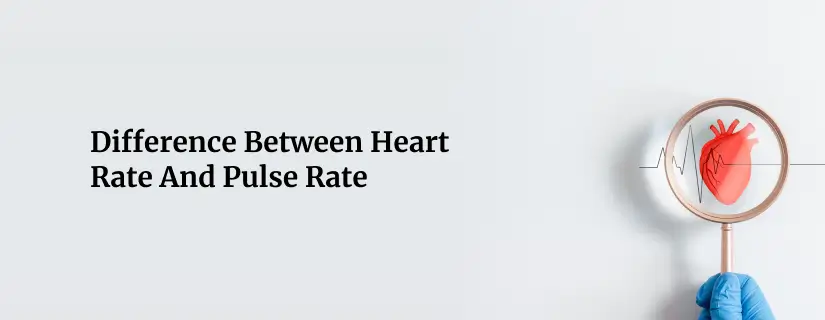
Difference Between Heart Rate And Pulse Rate
24 April 2025
Read More
-
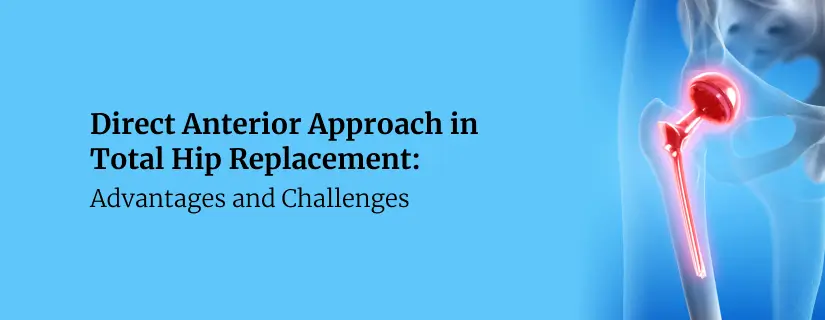
Direct Anterior Approach in Total Hip Replacement: Advantages and Challenges
10 April 2025
Read More
-

Zinc Deficiency: Signs and Symptoms, Causes, Treatment
9 April 2025
Read More
-

Chest Pain When Coughing: Causes, Treatment and Home Remedies
9 April 2025
Read More
-

12 Health Benefits of Eating Mushrooms
8 April 2025
Read More
-

7 Health Benefits of Blood Donation You Should Know About
8 April 2025
Read More
-

Implantation Bleeding Vs Periods: Know the Difference
28 February 2025
Read More
-

Bloating During Ovulation: Symptoms, Causes and Remedies
28 February 2025
Read More
Have a Question?
If you cannot find answers to your queries, please fill out the enquiry form or call the number below. We will contact you shortly.












